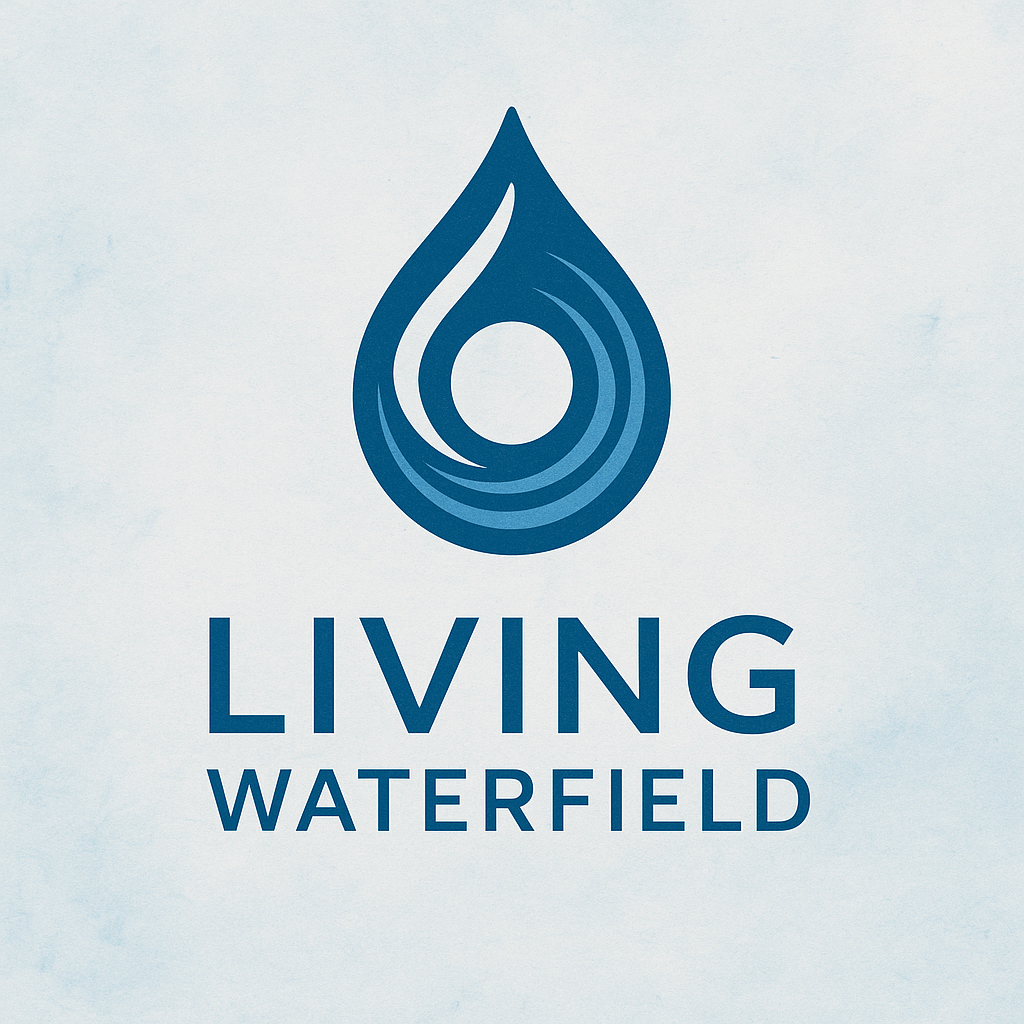1. What is a "water electrostatic capacitor"?
Technical concept: EDL, Zeta potential
Simplified explanation:
Scientific theory describes a hydrogen nanobubble as a microscopic electrostatic capacitor — a tiny structure coated with a stable negative charge (the electric double layer, EDL).
This charge acts as an energetic shell that holds the gas together, prevents rapid dissolution, and enables the bubble to remain active and reactive over time.
2. How does hydrogen water "know" what to neutralize?
Technical concept: Dual selectivity (Redox + Electrostatics)
Simplified explanation:
The system operates with a kind of dual intelligence:
Hydrogen reacts only with the strongest oxidants (like ∙OH) that have enough energy to break its bond.
Weaker but biologically important molecules (such as H₂O₂ or NO∙) are left untouched.
In addition, the negative electrostatic barrier physically repels negatively charged radicals (like O₂∙⁻), preventing them from even reaching the reaction zone.
3. Why is ORP more important than ppm?
Technical concept: ORP vs. ppm, EDL activation
Simplified explanation:
ppm expresses how much hydrogen is present (the "fuel"), while ORP reflects the system's energetic readiness (its "octane rating").
If water doesn't have a sufficiently negative ORP (around −400 mV), H₂ molecules aren't activated by the EDL field.
Without this activation, hydrogen remains passive and cannot effectively perform selective reduction of oxidants.
4. Why do nanobubbles last so long in water?
Technical concept: Laplace pressure vs. electrostatic pressure
Simplified explanation:
Normal bubbles collapse quickly due to Laplace pressure pushing inward.
Nanobubbles, however, are stabilized by a negative electrostatic charge (the EDL), which creates an outward counterpressure.
This balance keeps nanobubbles stable for days or even weeks.
5. How does this relate to "Living Water" (Schauberger's concept)?
Technical concept: Schauberger, colloidal stabilization
Simplified explanation:
Schauberger's idea of "living water" can be reinterpreted through modern electrostatics.
Swirling motion and contact with minerals naturally generate stable microelectrostatic systems (nanobubbles and colloids) that preserve energy and balance.
Similarly, experiments show that plant juices rich in natural colloids greatly extend the ORP stability of hydrogen water.
